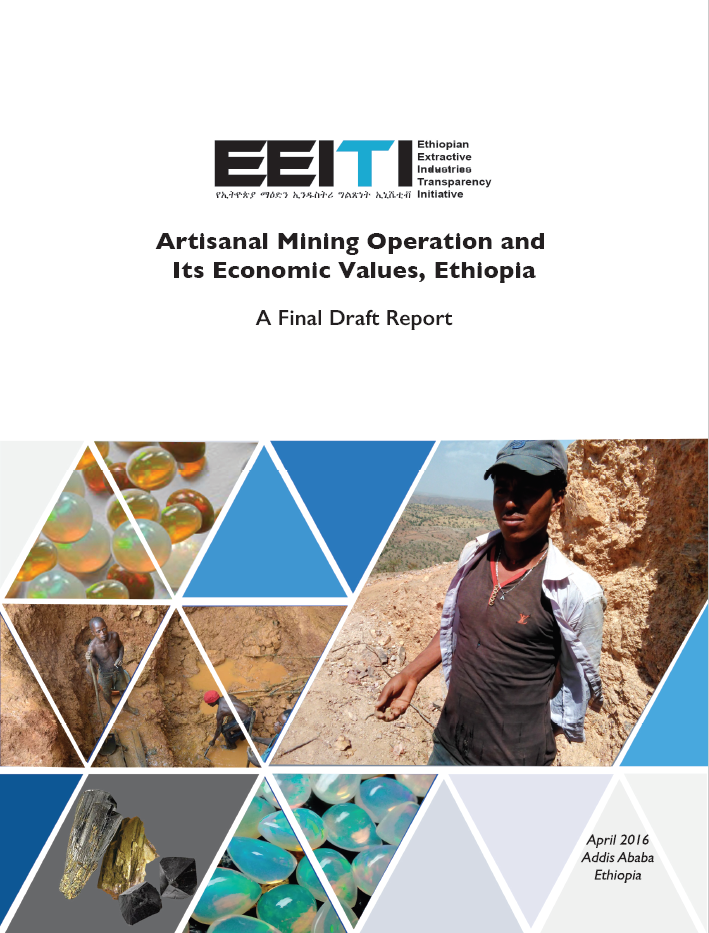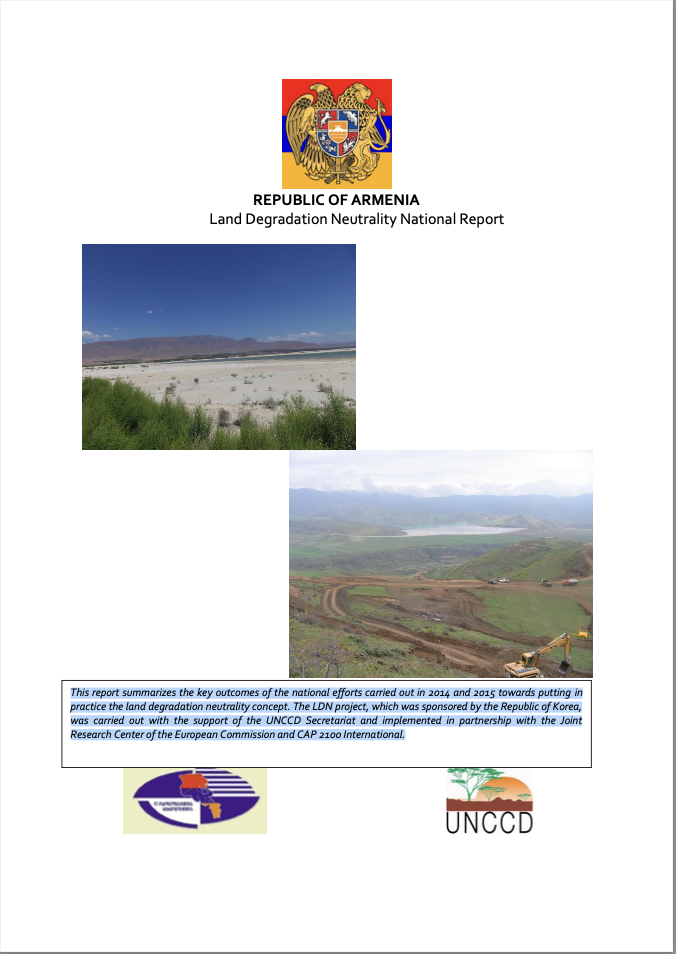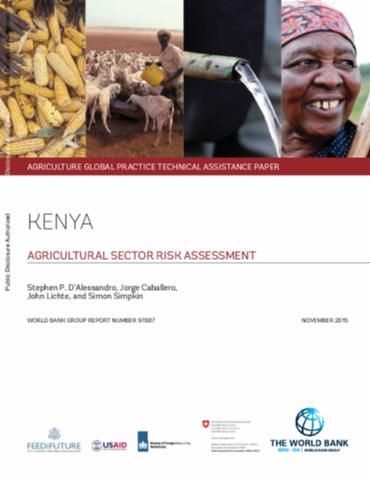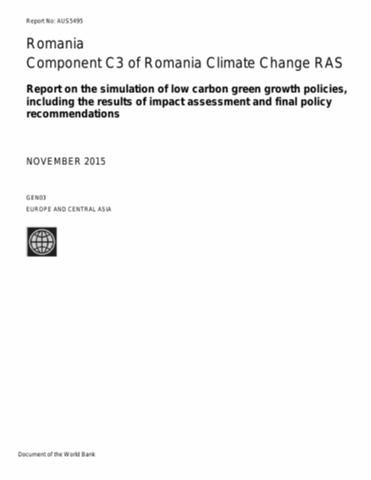Legal Instruments to implement the objective “Land Degradation Neutral World” in International Law
The protection of fertile soils is a precondition for sustainable development. In the final document of the conference of the United Nations on sustainable development in June 2012 in Rio de Janeiro (Rio+20 Conference), the international community thus agreed to strive for a “land degradation neutral world”. The legal study by Ecologic Institute, Berlin, firstly scrutinizes some national legislation (Germany/EU, USA and Brazil) in order to identify legal instruments which are suitable for the implementation of the goal of a “land degradation neutral world”.





